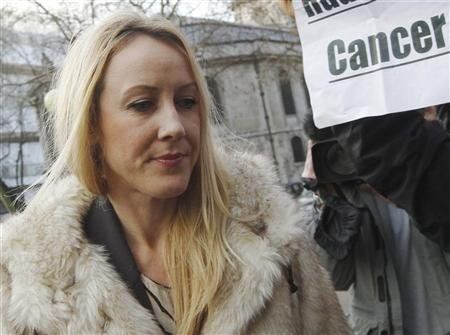
The Daily Mail, today, put it this way:
Cancer boy Neon WILL have radiotherapy against his mother's wishes after High Court ruling.
- Mr Justice Bodey said he was worried Sally Roberts judgement had 'gone awry'
- Mrs Roberts had tried to claim her son should have alternative treatment to radiotherapy
- Experts brand her alternatives 'completely unethical'
- She conceded that her argument is 'weak' under questioning
Macedoni-Luksic M, Jereb B, Todorovski L. Long-term sequelae in children treated for brain tumors: impairments, disability, and handicap. Pediatr Hematol Oncol. 2003; 20: 89-101.So is Mrs Roberts right to be worried about her son's having conventional treatment? Has her judgement 'gone awry'? You decide.
Abstract
Sixty-one long-term survivors, treated for brain tumors in childhood, were evaluated in term of neurological impairments, disability, and handicap.
Thirty-eight patients (pts) (62%) had at least one impairment.
Visual impairment was detected in 14 pts (24%), associated with recurrence (p = .012).
34r pts (56%) had motor impairment, associated with sex (female) in irradiated patients;
13 (21%) had epilepsy, associated with supratentorial tumor site (p = .001).
The same number of patients had brain atrophy; risk factors were hydrocephalus at diagnosis and perioperative complications.
16 pts (30%) had IQ score < 80, associated with young age at first treatment (p = .006) and recurrence (p = .043).
27 out of 61 of our patients (44%) were disabled: 12 mildly, 14 moderately, and 1 severely.
Epilepsy was the most important risk factor for disability.
Cognitive impairment, motor impairment, and epilepsy were associated with employment (43%);
Cognitive impairment was also associated with education.



Because natural parents have been successfully having and rasing children governments, in the long run, would be wise to let natural parents raise their own children without interference except in extremly rare cases of incorrectable child abuse.